The sports centre was opened in 1969, the adjacent swimming pool in 1975.
Knottingley Sports Centre


The sports centre was opened in 1969, the adjacent swimming pool in 1975.
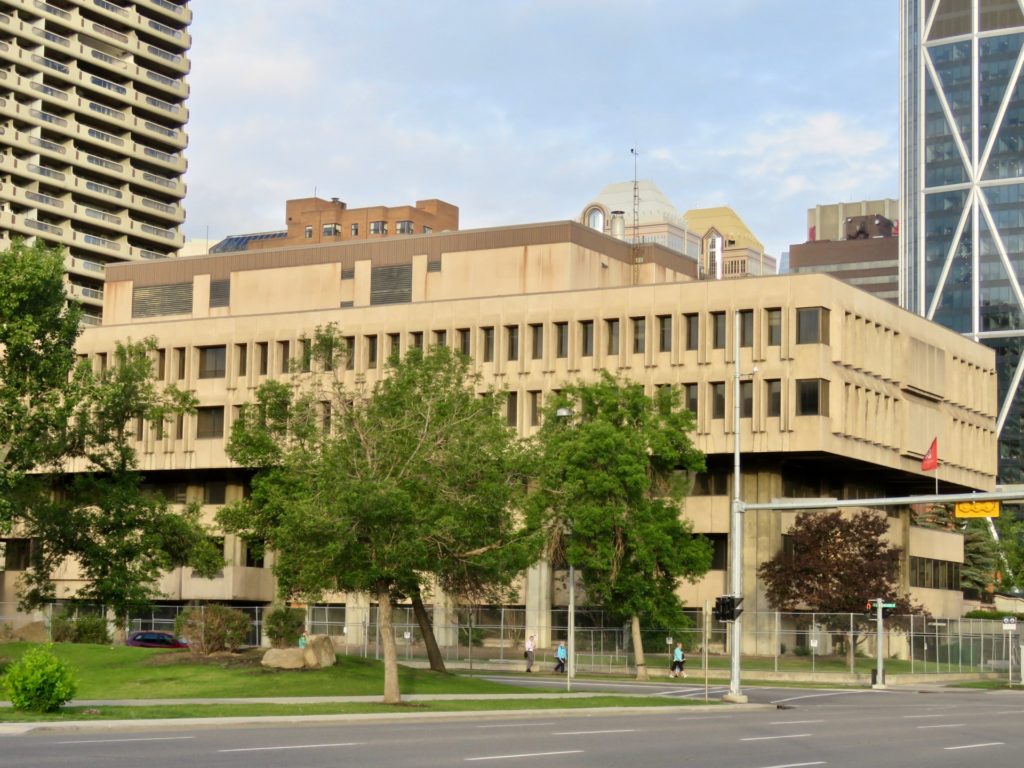
No description yet: Can you help?

No description yet: Can you help?
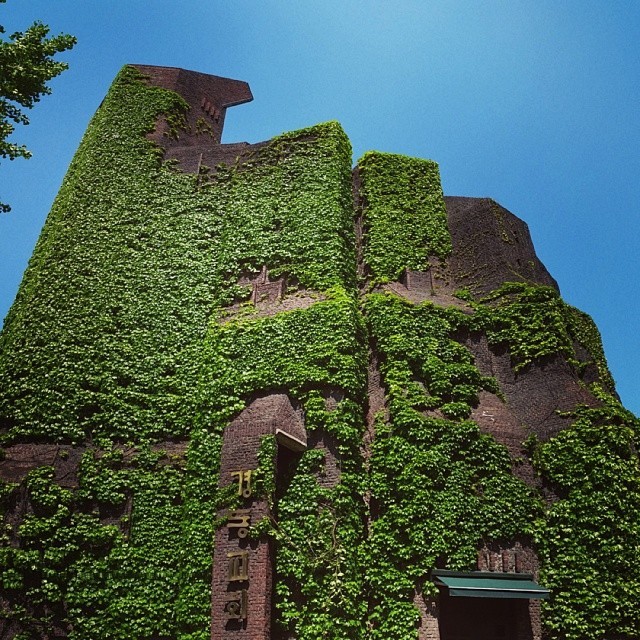
No description yet: Can you help?
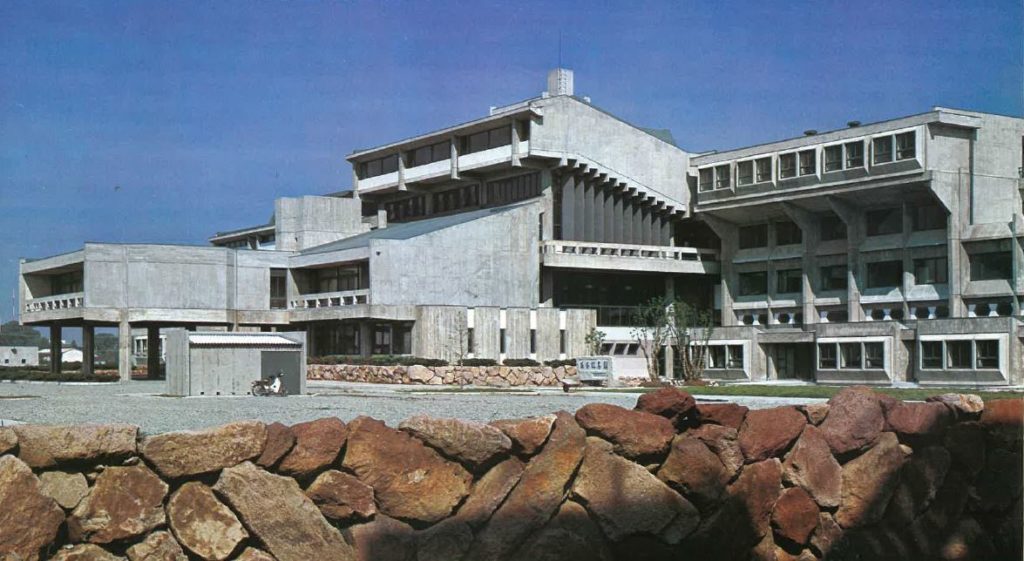
Phase 1: 1967–1969, In phase 2, completed in 1976, Otani introduced repetitive shallow concrete vaults as a major new design element, which would further dominate the designs of phase 3, completed in 1982. A fourth construction phase, led by Otani a…

No description yet: Can you help?
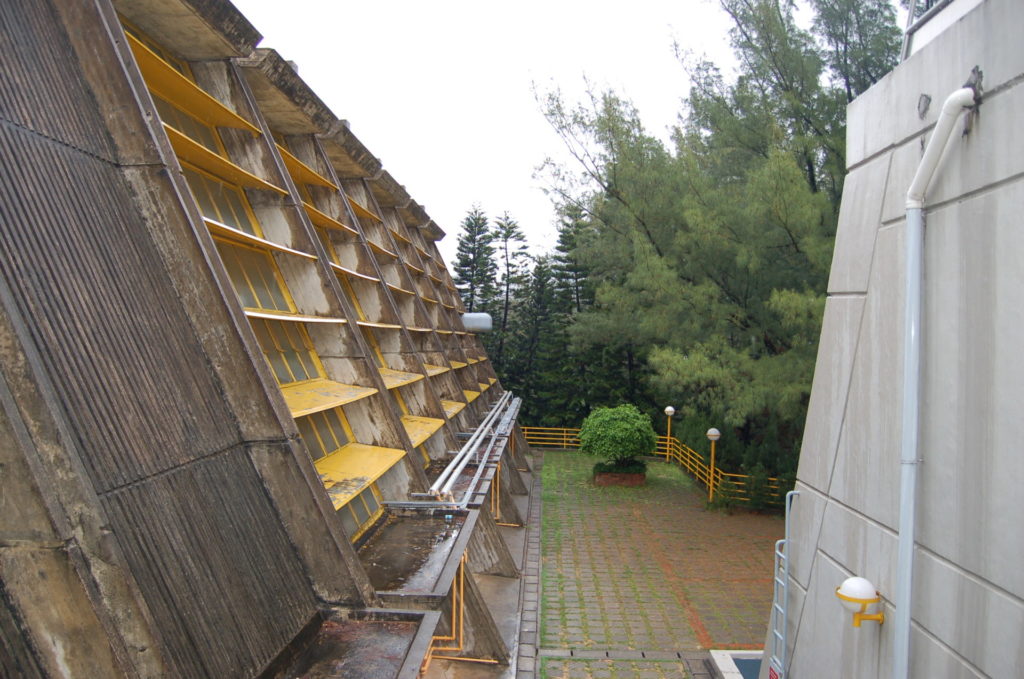
St Stephen’s College is the largest secondary school in Hongkong and dates back to 1903. The Special Room Block was added in 1980 and mostly executed in exposed concrete by the architect Tao Ho from Hongkong. It consists of four building units, in…
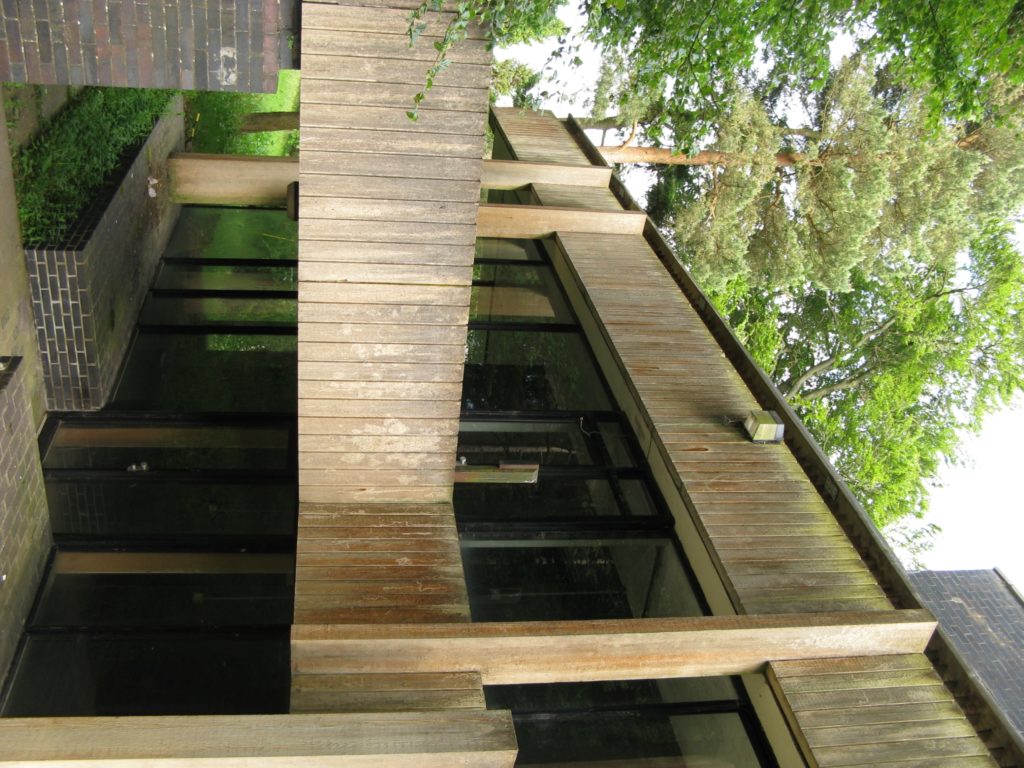
No description yet: Can you help?
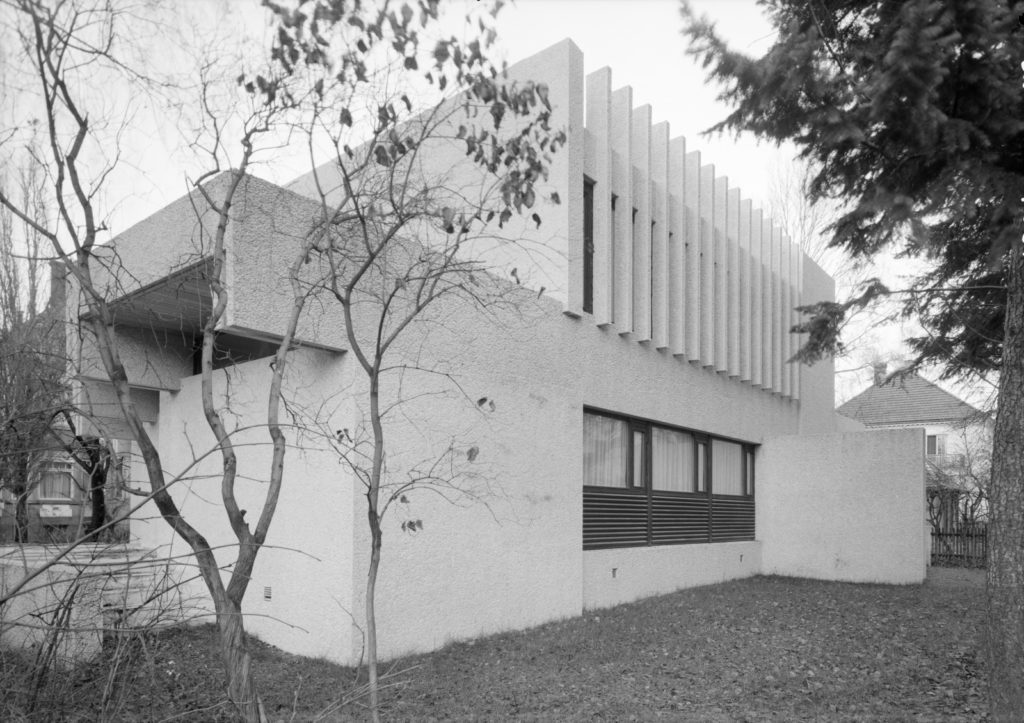
No description yet: Can you help?
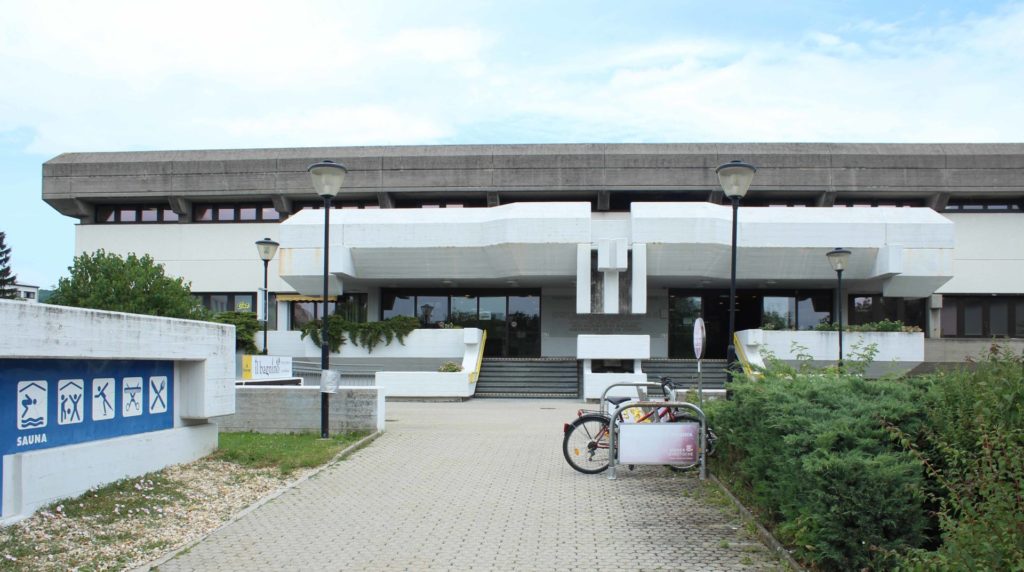
No description yet: Can you help?
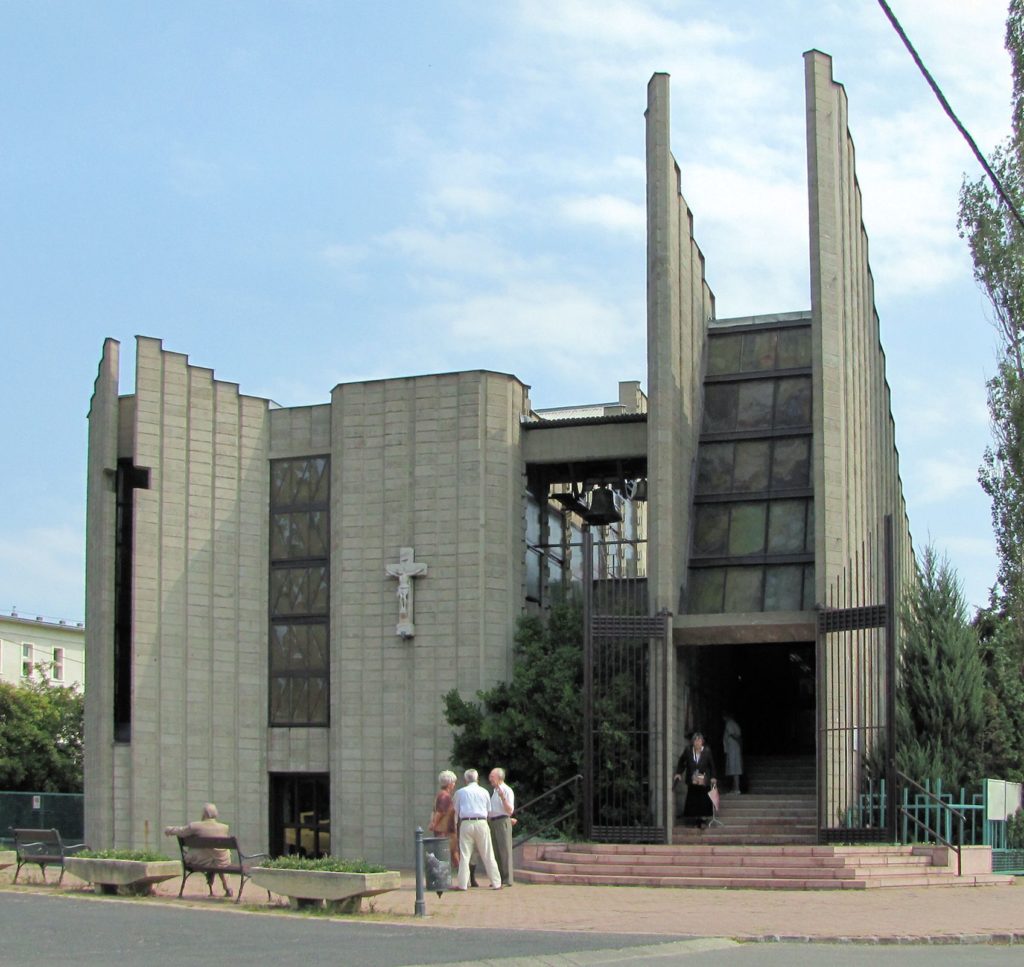
The building was the first church built in Budapest in almost 30 years. It was financed exclusively by donations. Being a member of the local church himself the architect designed the project for free. Due to the budget restraints the construction metho…

No description yet: Can you help?

No description yet: Can you help?
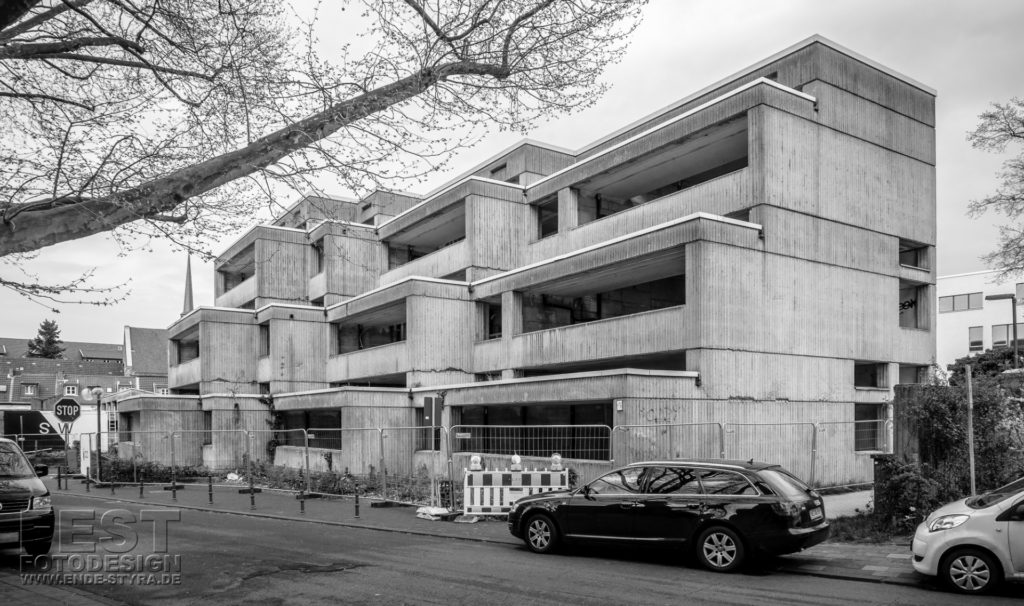
No description yet: Can you help?

No description yet: Can you help?
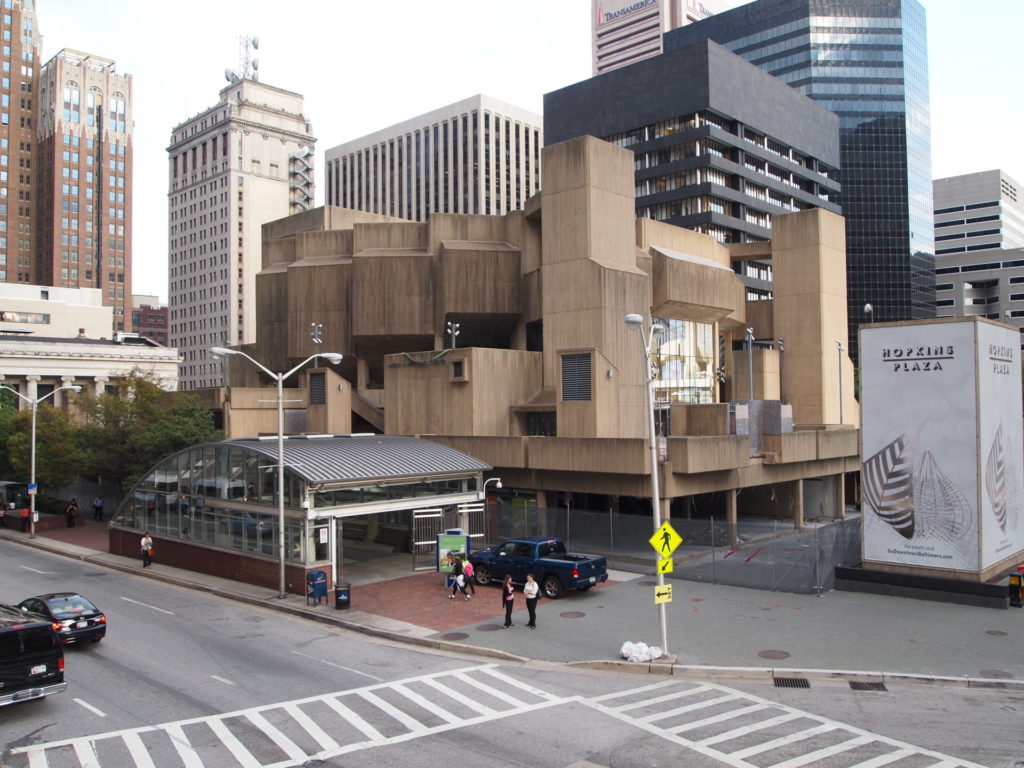
The theater was completed in 1967 as part of a larger urban renewal program for Baltimore’s downtown district. Although it opened to great fanfare, the theater attendance and programming steadily declined over the years. And, alas, like many brutalist…
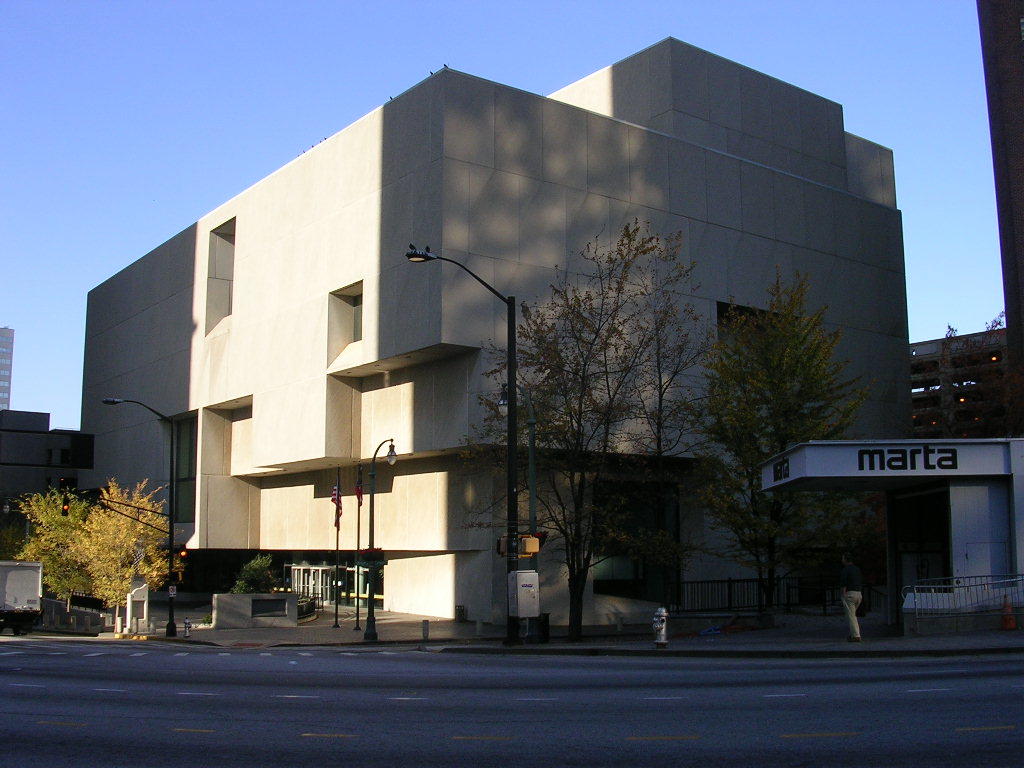
No description yet: Can you help?
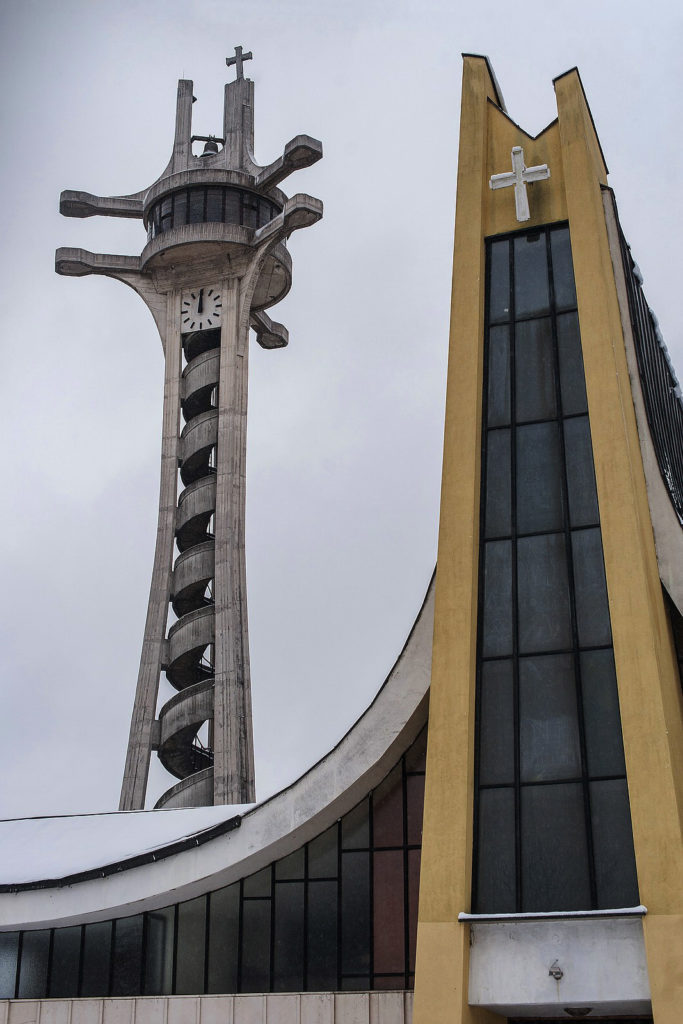
The initial construction, built 1972-1973, was designed to symbolize a “tent” inhabited by God. Further, the tent-shaped structure takes reference to the region’s earthquake in 1969: it had destroyed the original church and its victims found refug…
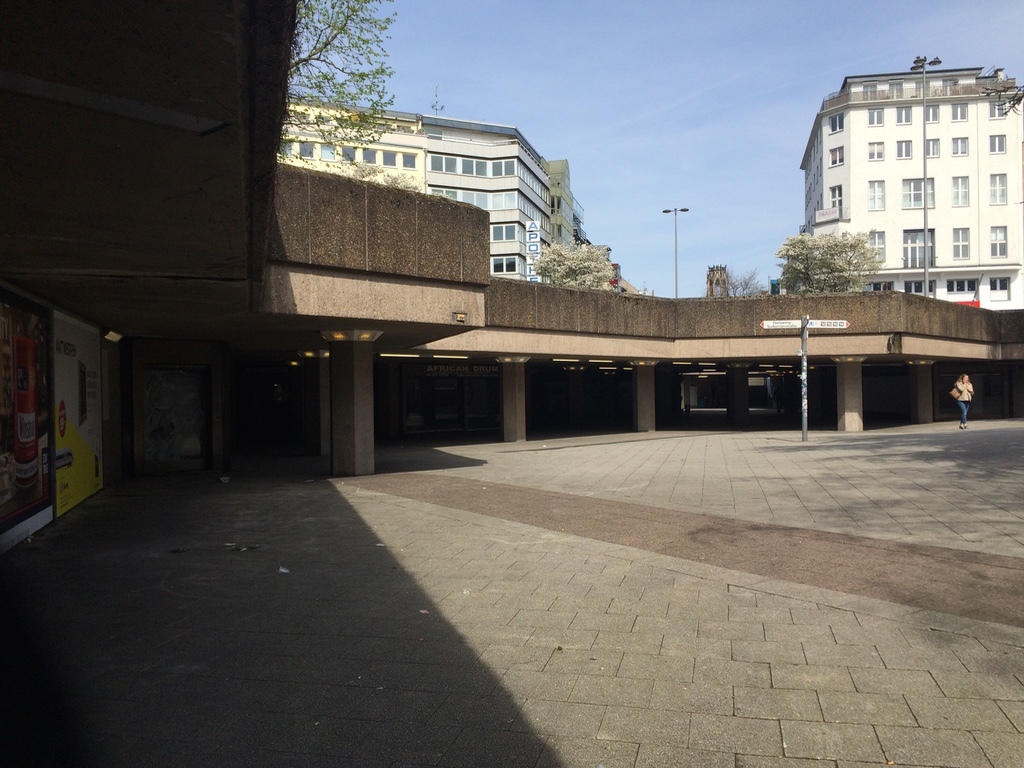
Levelled park and shopping arcade connecting to the underground station and surrounding pedestrian (South), commercial (North), residential (West) and recreative (East) areas. Special thanks to Tobias Flessenkemper.
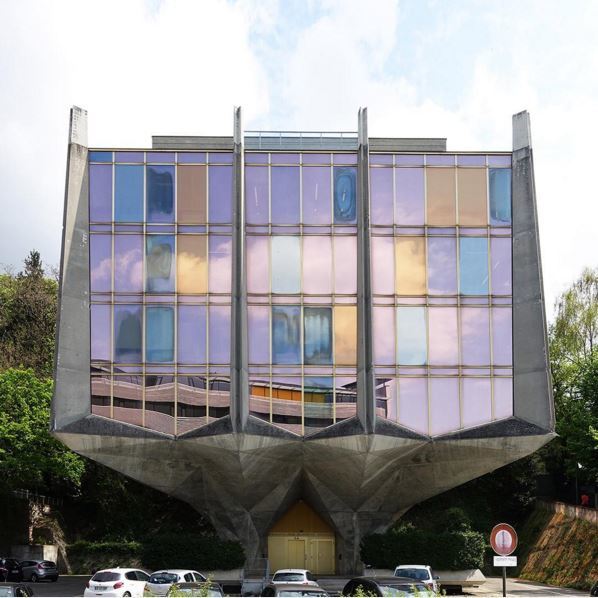
No description yet: Can you help?